NTO 2.0: TRAI files counter-affidavit in SC, says want to ensure fair bundling of channels
The Telecom Regulatory Authority of India (TRAI) has filed its counter-affidavit in the NTO 2.0 case in the Supreme Court. This is in response to Indian Broadcasting and Digital Foundation’s (IBDF) petition wherein it has challenged the Bombay High Court order that upholds NTO 2.0, barring the second proviso – the a-la-carte rates of each pay channel that are part of a bouquet shall not exceed three times the average rate of a pay channel of the bouquet of which such a pay channel is a part.
Also read:
Now, IBDF challenges Bombay HC order on NTO 2.0
In its 2020 amendments to the New Tariff Order 2017, TRAI had made two key changes:
SCREENXX Awards 2021 Last Date for nomination of Digital Video Content and OTT Platform.. - Monday, September 20, 2021 - ENTRIES OPEN
Reduction of ceiling price of pay channel for inclusion in any bouquet from Rs 19 to Rs 12 so as to ensure fair packaging of bouquets. This will ensure reasonable price of a channel on A-la-Carte basis.
Twin conditions to discourage broadcasters from resorting to “perverse pricing”. The first condition entails that the aggregate A-la-Carte prices of channels do not exceed 1.5x the bouquet price. The second condition entails that the a-la-carte rates of each pay channel that are part of a bouquet shall not exceed 3x the average rate of a pay channel of the bouquet of which such a pay channel is a part. It is this second condition that the Bombay High Court has struck down in its June 2021 order.
The IBDF has called HC’s order “erroneous” and “liable to be set aside”. The Foundation has stated that the Bombay HC order has “incorrectly read” into Article 19(2) by applying an additional requirement of public interest in the interpretation of a broadcaster’s right to freedom of speech and expression under Article 19(1)(a).
TRAI has maintained that these two changes are intended to ensure “fair bundling” of channels for consumers and discourage “perverse pricing”. Explaining this further TRAI in its counter-affidavit stated that broadcasters push their bouquets by creating an artificial price disparity with A-la-Carte offerings. The broadcasters offer their popular or driver channels at a higher price when as standalone. However, these very channels are offered at considerable discounted rates when offered as part of a bouquet, thus forcing the consumers to pick the entire bouquet and thus not being able to exercise their choice. Broadcasters include the not so popular channels in the bouquets, which consumers would not have otherwise chosen.


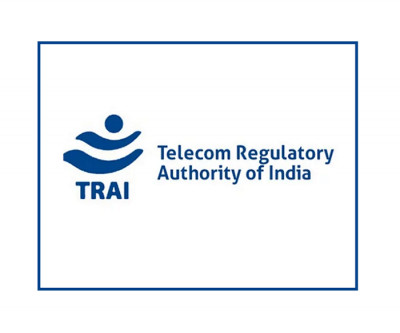
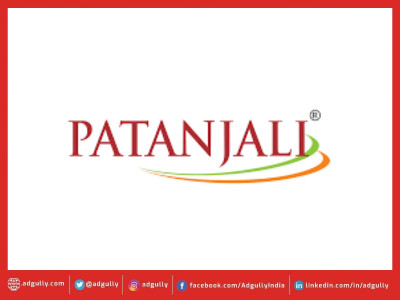

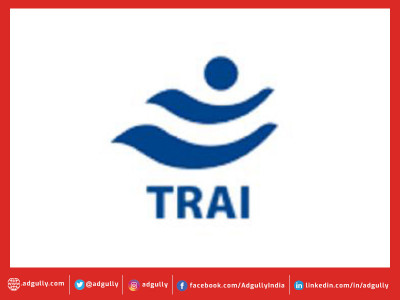

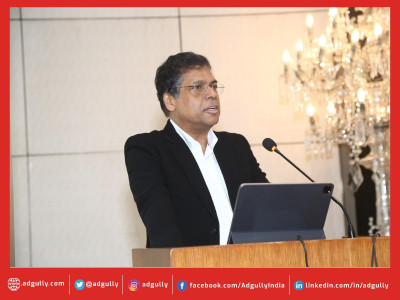

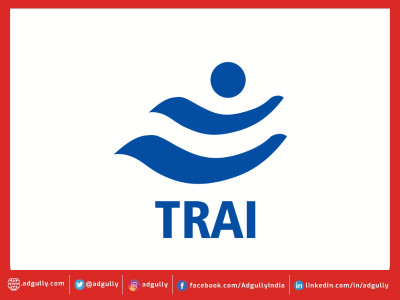
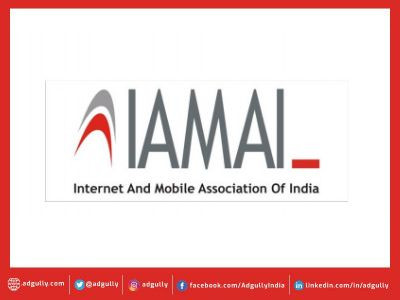




Share
Facebook
YouTube
Tweet
Twitter
LinkedIn